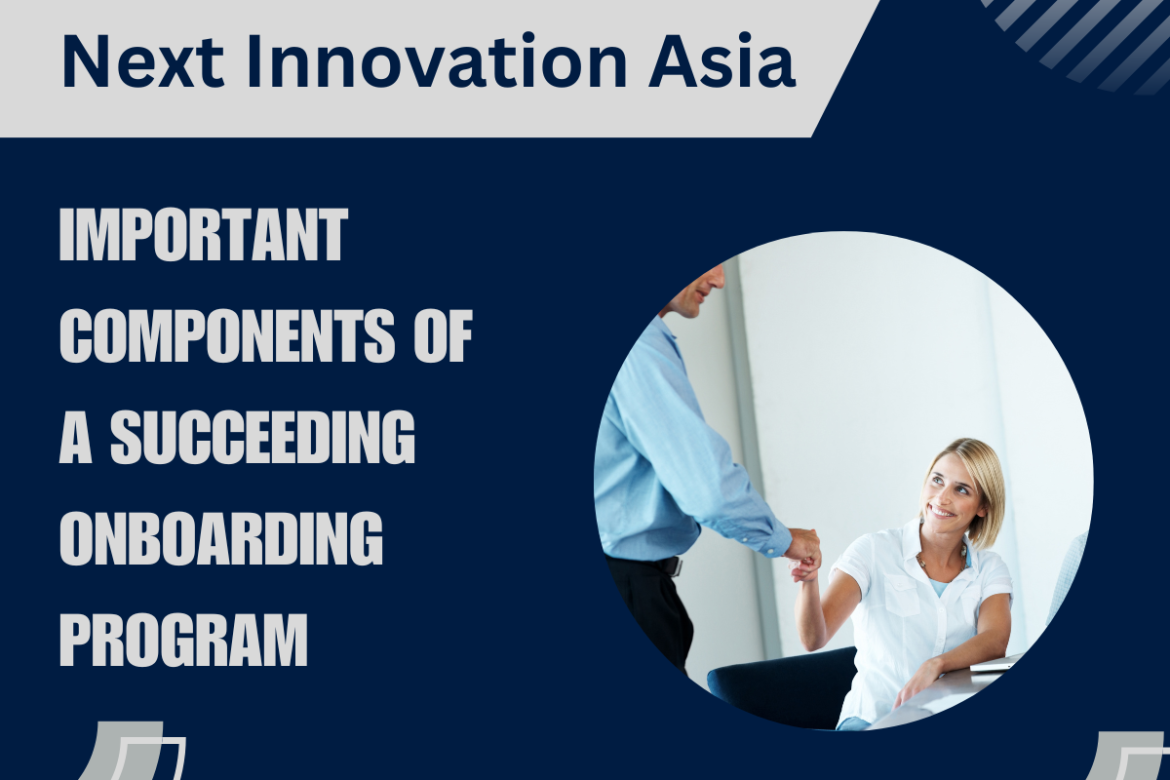Introduction: A successful onboarding program sets the stage for new employees’ success, engagement, and long-term integration into an organization. It goes beyond a mere orientation process and encompasses various key elements that contribute to a comprehensive and effective onboarding experience. In this blog post, we will explore the essential elements that make up a successful onboarding program and their significance in ensuring a seamless transition and accelerated productivity for new hires.
- Clear Goals and Objectives: A successful onboarding program starts with clearly defined goals and objectives. By outlining the desired outcomes, organizations can align the onboarding process with their strategic objectives. Whether it’s accelerated productivity, cultural integration, or knowledge acquisition, setting specific goals helps guide the program’s design and evaluation.
- Pre-boarding and Welcome Activities: Pre-boarding activities, such as sending welcome emails, providing pre-employment paperwork, and assigning a buddy or mentor, help new employees feel welcomed and prepared even before their first day. These activities set a positive tone and build anticipation for the new role, fostering a sense of excitement and belonging from the start.
- Comprehensive Orientation: Orientation is a vital element of onboarding, providing new employees with essential information about the organization, its structure, policies, and procedures. It should cover topics like company history, mission, vision, values, organizational structure, benefits, and any legal or compliance requirements. An effective orientation helps new hires gain a broad understanding of the organization and their role within it.
- Role Clarity and Expectations: Clearly defining the new employee’s role, responsibilities, and performance expectations is crucial for their success. This includes providing a detailed job description, discussing performance goals and metrics, and establishing regular communication channels for feedback and support. When new hires have a clear understanding of their role, they can focus on achieving their objectives and contributing to the organization’s success.
- Training and Development: An effective onboarding program includes training and development opportunities tailored to the new employee’s needs. This may involve providing job-specific training, offering access to online courses or resources, or arranging mentoring or coaching sessions. By investing in their professional growth, organizations demonstrate their commitment to employees’ development and success.
- Cultural Integration: Cultural integration is essential for new employees to feel connected to the organization’s values, norms, and work environment. This can be facilitated through activities like team-building exercises, introductions to colleagues, and exposure to the organization’s culture and traditions. Creating opportunities for socialization and networking helps new hires build relationships and feel like a valued part of the team.
- Ongoing Support and Feedback: A successful onboarding program includes ongoing support and feedback mechanisms to address new employees’ needs and concerns. Regular check-ins with managers or mentors, opportunities for open dialogue, and performance evaluations contribute to continuous improvement and growth. This support system helps new hires navigate challenges, develop their skills, and feel supported throughout their onboarding journey.
- Evaluation and Continuous Improvement: To ensure the effectiveness of the onboarding program, organizations should establish evaluation measures and gather feedback from new employees. This feedback can be obtained through surveys, interviews, or focus groups. By analyzing the data and identifying areas for improvement, organizations can continuously refine and enhance their onboarding process to better meet the needs of new hires.
Conclusion: A successful onboarding program incorporates several key elements to provide new employees with a seamless and engaging experience. By incorporating clear goals, comprehensive orientation, role clarity, training and development, cultural integration, ongoing support, and evaluation mechanisms, organizations can set new hires up for success, foster their engagement, and accelerate their productivity. Investing in a well-designed onboarding program not only benefits individual employees but also contributes to the overall success and growth of the organization.

